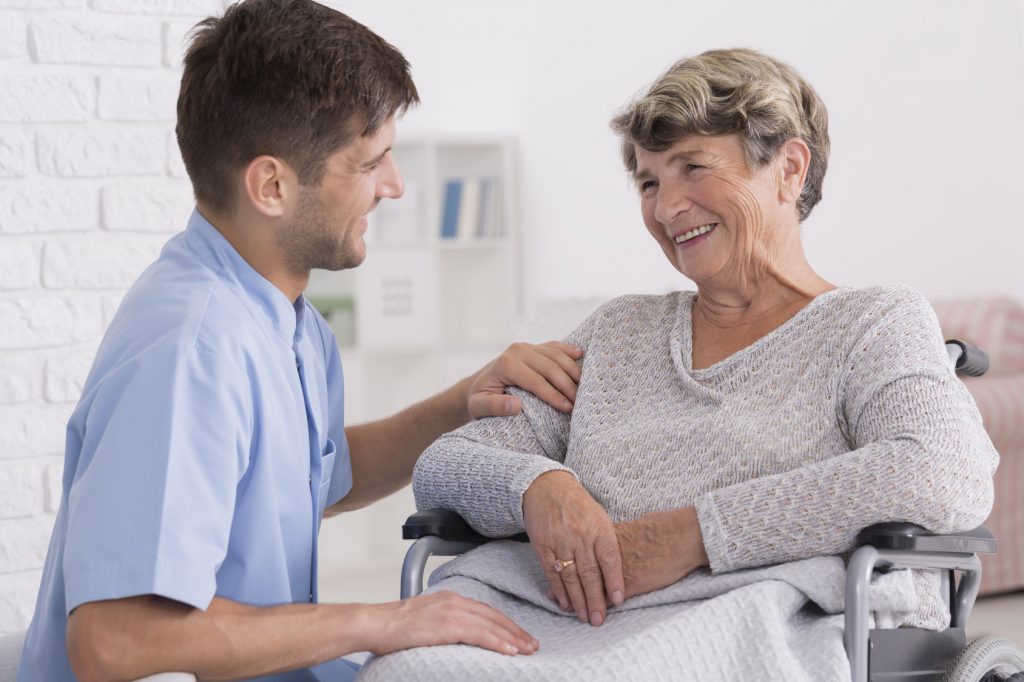physical therapy
TagYoga Can Be Just as Effective as Physical Therapy for Back Pain
Or so says a study published recently in the Annals of Internal Medicine.
Employer Self-Insurance Offers Opportunities for PTs
As more employers opt for self-funded health plans, a growing number of physical therapists are finding ways to benefit.
State Forces Physical Therapists to Wind Down ‘Dry Needling’ Treatment
Therapists’ decade-long practice to end; acupuncturists, other professionals accused them of performing ‘unlicensed acupuncture’.
Protecting the Protectors
Firefighters, law enforcement officers, and military personnel make it their mission to keep Americans safe, and PTs are committed to returning the favor.
The Role of Therapy in Alzheimer’s Treatment
Because there is no cure for Alzheimer’s, PT and OT are about making the patient’s remaining years as wonderful and enjoyable as possible.
7 Habits of Highly Effective Physical Therapists
PTs who consistently perform at the tip-top of their potential exercise these seven habits.
Keeping the Elderly Safe
Study shows tailored physical therapy program reduces bad falls in the elderly.
Study: Manual Therapy Works as Well as, and Sometimes Better than, Surgery for Carpal Tunnel Syndrome
Following a year of physical therapy treatment, patients with carpal tunnel syndrome achieved results on par with those who had surgery for the same condition.
Pain: Everything Works, but Nothing is Effective
Treating pain is challenging, but doing what we have always done will not move us to better care with these individuals.
Yoga and ADHD
Practicing yoga can provide significant benefits for children with ADHD.




